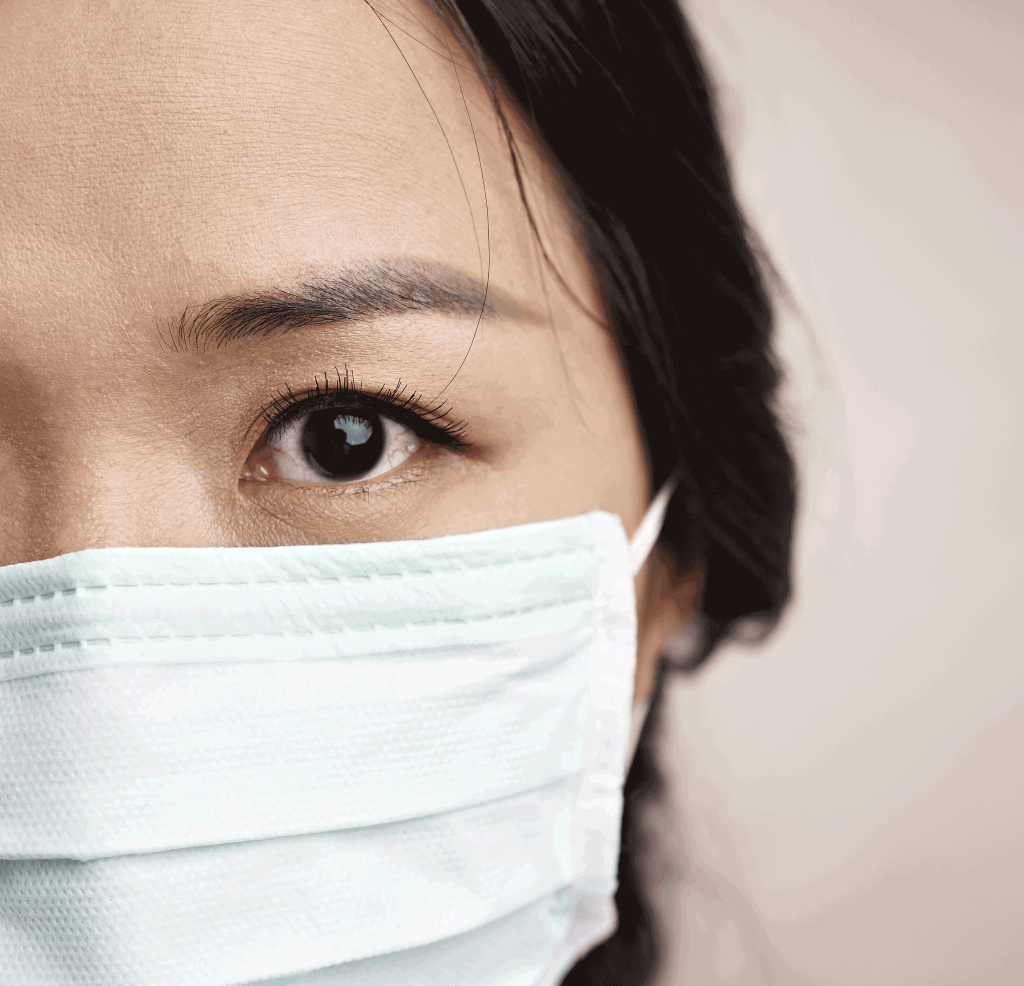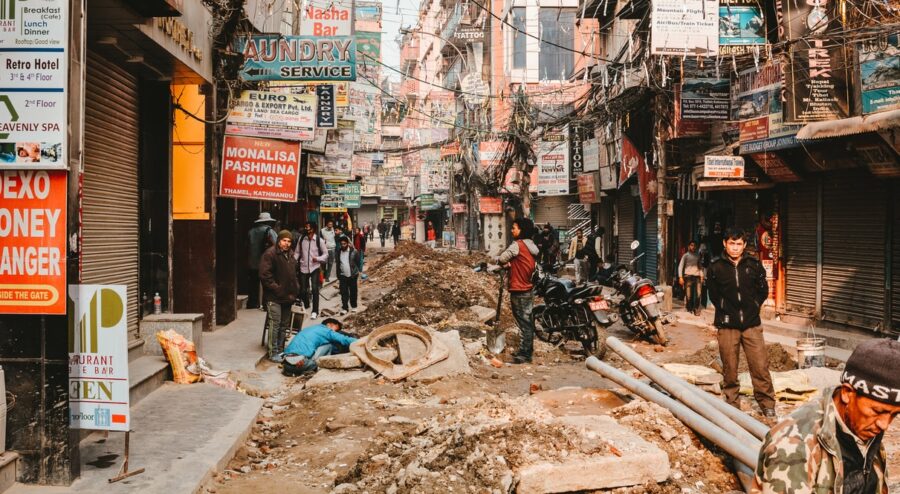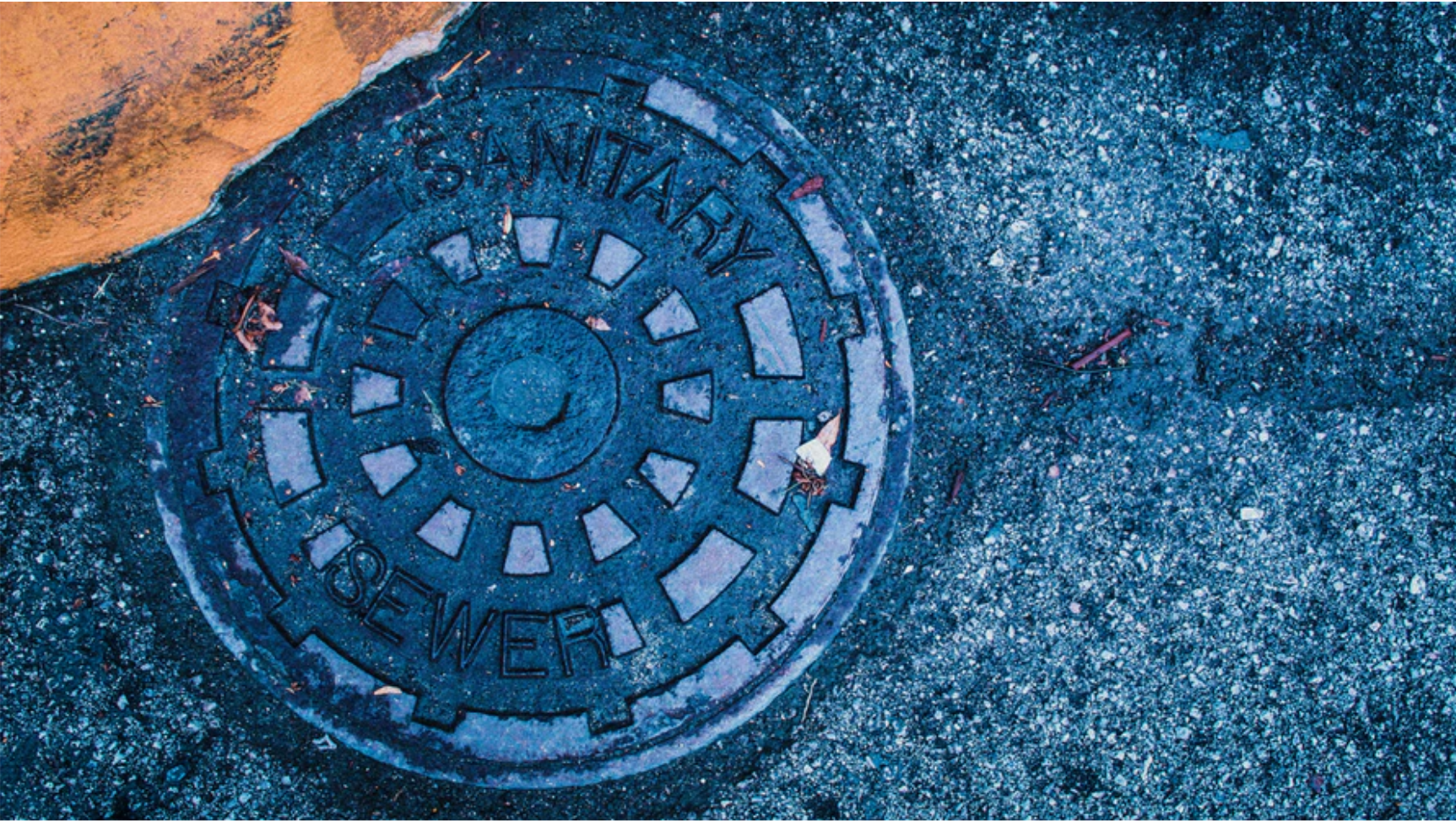One of Hong Kong’s biggest tourist attractions is its famed skyline. With the density of picturesque skyscrapers both on the main island and in the neighboring Kowloon, this little city has one of the most impressive and recognizable skylines in the entire world. When coupled with the Chinese sampan boats in the harbor, Hong Kong has one of the most impressive and iconic cityscapes you can view today.
It’s unfortunate then that this beautiful scenic view can be marred by one very serious problem: air pollution. Hong Kong has the world’s highest density of traffic, along with the largest concentration of coal-burning power plants in its small 1,108 square kilometer area, contributing to the dense level of smog. The largest power stations in the city are at Castle Peak and Lamma, burning both coal and gas. The resulting emissions from these power plants spew out 8,020 tons of sulphur dioxide and 310 tons of PM2.5 pollution as per a study in 2016.
If that weren’t enough, its close proximity to the factory belts of Guangdong and Guangzhou mean the smog from those cities tend to settle in Hong Kong’s already polluted skyline.
But the worst cause of Hong Kong’s air pollution is its status as a central hub for trade. That means that thousands of freighters make their way into Hong Kong’s habor each month. Data from 2016 show that the freighters in Hong Kong’s waters produce 8,540 tons of sulphur dioxide, 32,900 tons of nitrogen oxide and more 1,480 tons of PM2.5 pollution.
A study conducted by the University of Hong Kong showed that the pollutants in Hong Kong air were three times higher than what you would find in New York city. The worst areas for pollution were in the Causeway Bay, Central Hong Kong and Mongkok. It’s such a serious problem that many residents have considered leaving Hong Kong just to ensure their continued respiratory health.

Facemasks are widely used in the city, as a means of mitigating the breathing problems. They’re so ubiquitous that they’ve become fashion statements in their own right, and face masks have also become essential safety gear in light of recent political developments.
Studies estimate that 100% of the population is exposed to unacceptable levels of pollution, resulting in medical bills that cost Hong Kong $39 billion Hong Kong dollars annually. More than 150,000 people were hospitalized in 2013 and a good deal of people succumbed to premature death due to respiratory illnesses as a result of the pollution.
Still, one of the biggest tragedies for tourists is how the smog can block one’s view of Hong Kong’s scenic grandeur. Whether you are viewing the city from Victoria Peak, or from the Kowloon waterfront, the smog can grow so thick that it’s hard to see beyond the particulate haze. Visibility can be so poor that you won’t be able to get a good glimpse of anything no matter which vantage point you choose.
What can be done about Hong Kong’s air pollution problem? It remains to be seen whether the government will be investing in new sources of renewable energy to help curb the use of fossil fuel power plants. Hong Kong has made great strides in cutting down emissions over the years, as the level of PM2.5 in the air has gone down sharply in the past decade.
With further diligence and the cooperation of everyone from citizens, tourists and businesses, perhaps one day we’ll be able to see Hong Kong’s skyline without problems on any day of the year.








